

Mirror:
Pine-cone, peacocks are Meluhha metalwork
This is a landmark exhibit in the Vatican showing a colossal bronze pine-cone flanked by two peacocks. I suggest that the pine-cone and bronze peacocks are Meluhha hieroglyphs denoting metalwork in early Bronze Age.
Pigna is the Italian name of rione IX of Rome, a pine-cone. The provinience of the bronze cone has been shown to have adorned a temple for Isis and Serapis.
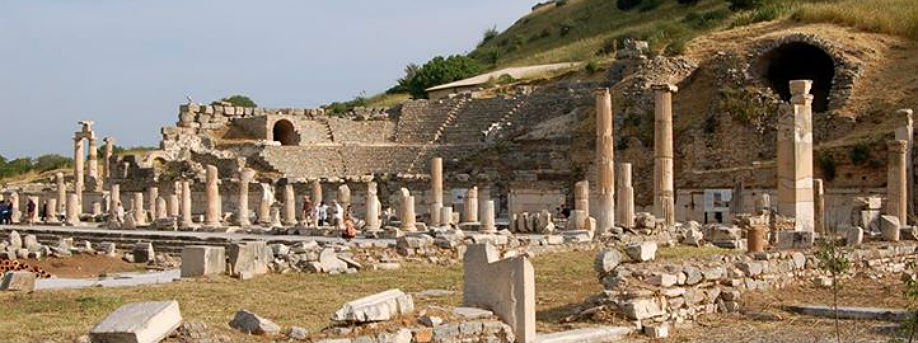
 http://ephesus.name/temple-of-serapis/
http://ephesus.name/temple-of-serapis/ http://www.ephesus.us/ephesus/temple_of_serapis.htm
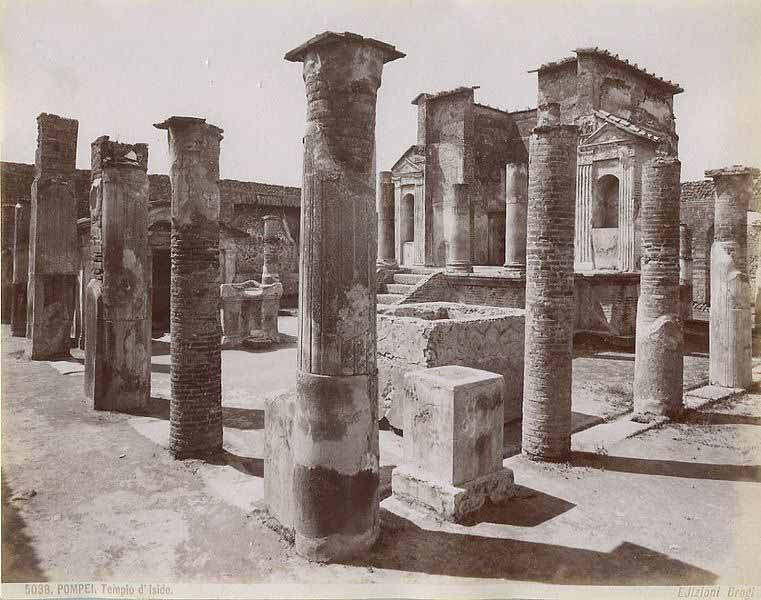 Temple of Isis, Pompeii. "the original building built under Augustan was damaged in an earlier earthquake of 62 CE...The cult of Isis is thought to arrived in Pompeii around 100 BCE."
Temple of Isis, Pompeii. "the original building built under Augustan was damaged in an earlier earthquake of 62 CE...The cult of Isis is thought to arrived in Pompeii around 100 BCE." http://www.crystalinks.com/isis.html
A detailed archaeological excursus on the roots of the pine-cone and peacock bronzes in the Vatican is warranted to further substantiate the hypothesis of Meluhha metalwork.
The bronze peacocks have been brought from Hadrian's mausoleum, the Castel Sant'Angelo, indicating them to be memory markers of an ancestral metalwork.
One surmise is that the pinecone acted as a fountain in the Baths of Agrippa dated to 1st century BCE.
http://roma.andreapollett.com/S5/rione09.htm
This surmise is based on the following evidence:
 Assyrian Period, reign of King Ashurnasirpal 11 (883 -- 859 BCE) Alabastrous Limestone Height 110.5 cm. Width 183 cm. Depth 6.4 -- 9.6 cm. Miho Museum http://www.shumei.org/art/miho/miho.html
Assyrian Period, reign of King Ashurnasirpal 11 (883 -- 859 BCE) Alabastrous Limestone Height 110.5 cm. Width 183 cm. Depth 6.4 -- 9.6 cm. Miho Museum http://www.shumei.org/art/miho/miho.html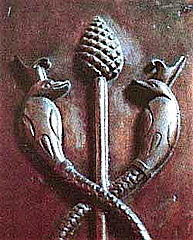
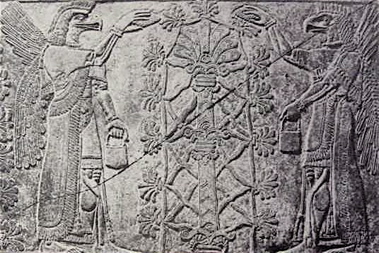
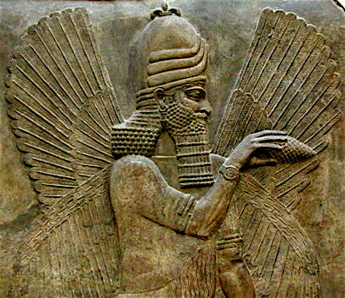 Interpreted by art historians as a picture of winged Marduk (Nimrod), a Babylonian with a pinecone in his right hand. Another hieroglyph composition of an eagle-faced winged person also carried a pinecone in his right hand; a basket or wallet is held in the left hand. Assyrian) alabaster Height: 236.2 cm (93 in). Width: 135.9 cm (53.5 in). Depth: 15.2 cm (6 in). This relief decorated the interior wall of the northwest palace of King Ashurnasirpal II at Nimrud.
Interpreted by art historians as a picture of winged Marduk (Nimrod), a Babylonian with a pinecone in his right hand. Another hieroglyph composition of an eagle-faced winged person also carried a pinecone in his right hand; a basket or wallet is held in the left hand. Assyrian) alabaster Height: 236.2 cm (93 in). Width: 135.9 cm (53.5 in). Depth: 15.2 cm (6 in). This relief decorated the interior wall of the northwest palace of King Ashurnasirpal II at Nimrud. Meluhha hieroglyphs (peacock, pine-cone, wallet/basket) read rebus -- semantics, 'metalwork':
கண்டபலம் kaṇṭa-palam, n. < kaṇṭa கண்டம்¹ kaṇṭam
kaṇṭal 'pine-cone'; maraka 'peacock' Rebus:
khaṇḍa, kaṇṭa 'temple front' smāraka, 'memorial for ancestors'., n. < khaṇḍa. A portion of the front hall, in a temple; கோயில் முக மண்டபப்பகுதி. (S. I. I. v, 236.)
Ash. piċ -- kandə ʻ pine ʼ, Kt. pṳ̄ċi, piċi, Wg. puċ, püċ (pṳ̄ċ -- kəŕ ʻ pine -- cone ʼ), Pr. wyoċ, Shum. lyēwič (lyē -- ?).(CDIAL 8407). Cf. Gk. peu/kh f. ʻ pine ʼ, Lith. pušìs, OPruss. peuse NTS xiii 229. The suffix –kande in the lexeme: Ash. piċ-- kandə ʻ pine ʼ may be cognate with the bulbous glyphic related to a mangrove root: Koḍ. kaṇḍe root-stock from which small roots grow; ila·ti kaṇḍe sweet potato (ila·ti England). Tu. kaṇḍe, gaḍḍè a bulbous root; Ta. kaṇṭal mangrove, Rhizophora mucronata; dichotomous mangrove, Kandelia rheedii. Ma. kaṇṭa bulbous root as of lotus, plantain; point where branches and bunches grow out of the stem of a palm; kaṇṭal what is bulb-like, half-ripe jackfruit and other green fruits; R. candel. (DEDR 1171).
ayo ‘fish’; rebus: ayas ‘metal’
 Hieroglyphs on Samarra bowl: Eight fish, four peacocks holding four fish, slanting strokes surround
Hieroglyphs on Samarra bowl: Eight fish, four peacocks holding four fish, slanting strokes surroundmora peacock; morā ‘peafowl’ (Hindi); rebus: morakkhaka loha, a kind of copper, grouped with pisācaloha (Pali). [Perhaps an intimation of the color of the metal produced which shines like a peacock blue feather.] moraka "a kind of steel" (Sanskrit) smāraka 'memorial' (Sanskrit)
Hieroglyphs: kandə ʻpineʼ, ‘ear of maize’. Rebus: kaṇḍa ‘tools, pots and pans of metal’. Rebus: kāḍ ‘stone’. Ga. (Oll.) kanḍ, (S.) kanḍu (pl. kanḍkil) stone (DEDR 1298).
Hieroglyph basket or wallet carried in the hand of 'Nimrod' statue: ḍhol m. basket, wallet (CDIAL) Rebus: dul ‘to cast in a mould’; dul mẽṛhẽt, dul meṛeḍ, dul; koṭe meṛeḍ ‘forged iron’ (Santali) WPah.kṭg. (kc.) ḍhōˋḷ m. ʻstoneʼ, kṭg. ḍhòḷṭɔ m. ʻbig stone or boulderʼ, ḍhòḷṭu ʻsmall id.ʼ Him.I 87.(CDIAL 5536).
S. Kalyanaraman
Sarasvati Research Center
October 15, 2014